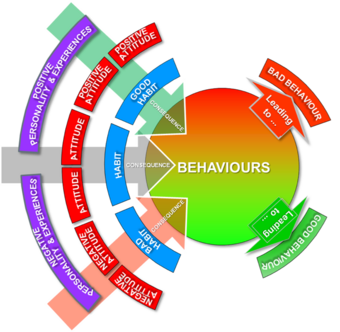
Quality behaviours
Progress indicator

Paul Vaughan CQP, FCQI, Lead Quality Manager in Projects at Siemens Mobility, asks you to put yourself in your customers’ shoes and make quality a habit.
Think about the following three scenarios:
Scenario 1: Having paid good money for a theatre ticket, you find that the stage view is obscured.
Scenario 2: You’ve just ordered your pint and the bartender slides over a ‘cloudy’ beer that’s only three quarters the way up a dirty glass.
Scenario 3: The brand-new car that you are taking receipt of has a number of scratches on the bodywork.
Not many people would be happy with the above.
What if we could guarantee getting things right 99.9 per cent of the time? Does that sound reasonable?
The truth is that the performance analysis in most organisations will tend to show us that poor quality still gets through to the customer. How can we avoid this?
To me, the answer is simple. It’s about making quality a habit, looking at quality through the eyes of the customer and consistently displaying the right quality behaviours.
Our behaviours are a consequence of a number of factors, which more than often will be borne from our:
- personalities and experiences, which in turn assist us in forming our -
- attitudes. Our personality and experience driven attitudes are key contributors to the -
- habits that we develop; and the amalgamation of these factors shape and form our -
- behaviours.
A positive personality and experience will often form a positive attitude and develop a good habit, which should lead us to good positive behaviour (see diagram 1).
Conversely, a negative personality and experience will form a negative attitude, causing the development of a bad habit, leading to bad behaviours.
Diagram 1:

It has been said that it takes either 21 repetitions or days for a habit to be formed. Implementing good governance and strong leadership skills will help when developing good habits. However, there isn’t a ‘magical nicotine patch’ equivalent to breaking a bad quality habit.
You could always start and maintain a good quality habit by asking yourself:
- Am I the right person to carry out the work?
- Have I got the right tools?
- Have I got all the information I require to carry out the work?
You could also put yourself in the shoes of your customer and think: Would I be happy with the quality of this work?
Quality World

Get the latest news, interviews and features on quality in our industry leading magazine.